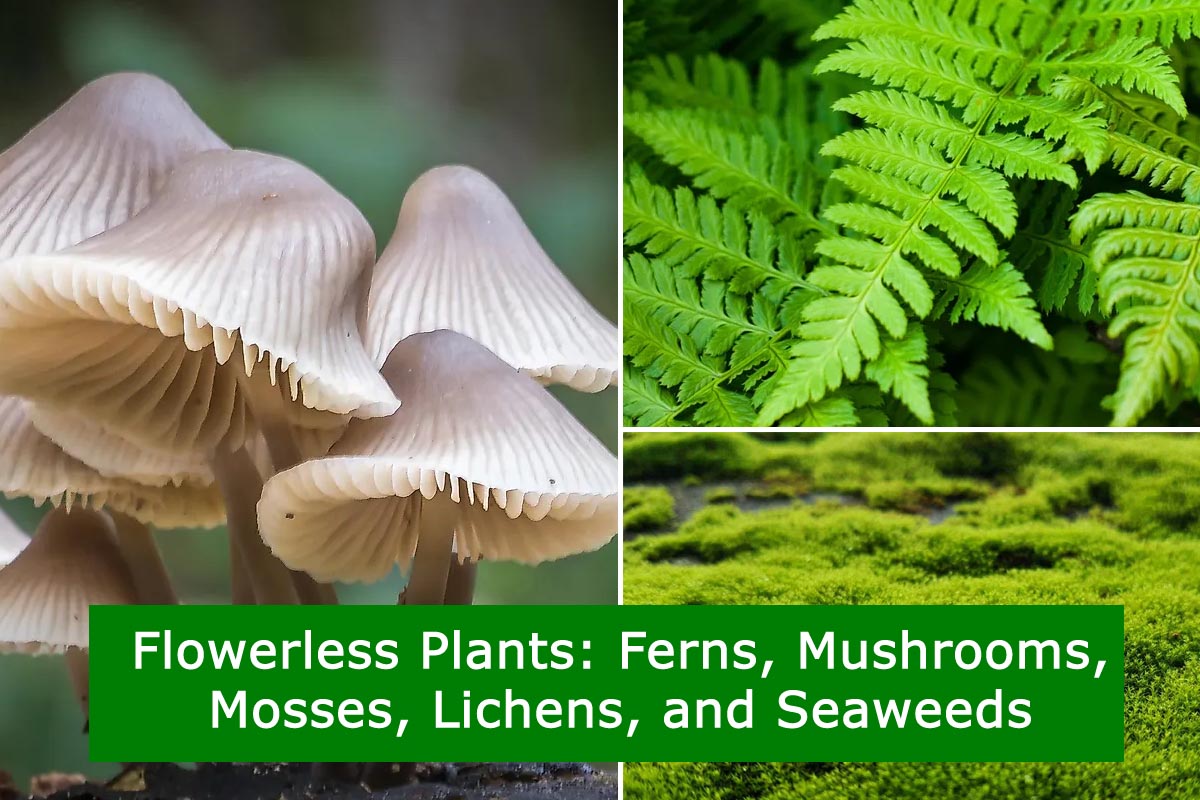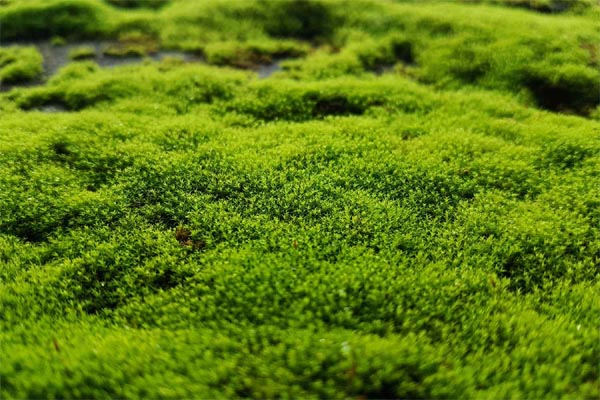
Flowerless Plants: Ferns, Mushrooms, Mosses, Lichens, and Seaweeds
In the vast tapestry of the plant kingdom, a diverse and often overlooked realm of botanical wonders exists – the flowerless plants. While flowers captivate our attention with their vibrant colours and sweet fragrances, many fascinating plants thrive without them. This botanical bouquet includes ferns, mushrooms, mosses, lichens, and seaweeds, each contributing its unique charm to the world of nature.
Flowerless plants, also known as non-vascular plants, lack actual flowers and do not produce seeds for reproduction. Instead, they typically reproduce through spores. Here are some examples of flowerless plants:
Flowerless Plants
- Ferns
- Mushrooms
- Mosses
- Lichens
- Seaweeds
Ferns: Dancing Fronds in the Forest Canopy

Ferns, with their gracefully arching fronds, add a touch of elegance to woodland landscapes. These ancient plants, dating back hundreds of millions of years, reproduce via spores rather than seeds. They have roots, stems, and leaves and are commonly found in moist, shaded environments. The life cycle of ferns involves two distinct stages: the sporophyte (the visible fern plant) and the gametophyte (a small, inconspicuous structure).
Also Read This : Lots of Roses will Bloom. Use these in the Roots
Mushrooms: Nature’s Silent Decomposers

Mushrooms are fungi and do not belong to the plant kingdom. They reproduce by producing spores, typically in the gills or pores on the underside of their caps. The main body of a mushroom is mycelium, a network of thread-like structures that absorbs nutrients from its surroundings.
Also Read This : Blossoms in the Moonlight: A Guide to Night-Blooming Flowers in India
Mosses: Miniature Landscapes of Tranquility

Mosses are non-vascular plants that lack true roots, stems, and leaves. They usually grow in dense green clumps or mats. Mosses reproduce via spores and have a life cycle between a gametophyte (haploid) and sporophyte (diploid) stage.
Also Read This : A Guide to Flourishing Marigolds in Cold Weather
Lichens: The Symbiotic Harmony of Algae and Fungi

Lichens are unique symbiotic organisms consisting of a fungus and an alga or cyanobacterium living together in a mutualistic relationship. They can colonize various surfaces, including rocks and tree bark, and reproduce through the dispersal of fungal spores.
Also Read This : Elevate Your Space: A Guide to Hanging Indoor Plants
Seaweeds: Underwater Gardens of Diversity

Seaweeds are a diverse group of multicellular algae found in marine environments. They include red, green, and brown algae. Unlike land plants, seaweeds lack true roots, stems, and leaves. They reproduce through spores or other reproductive structures depending on the type of seaweed.
Also Read This : Draping Greenery: 10 Hanging Indoor Plants to Elevate Your Home Decor
While flowers may steal the spotlight, the flowerless plants – ferns, mushrooms, mosses, lichens, and seaweeds – paint their masterpiece on the canvas of nature. Their unique characteristics and ecological contributions make them indispensable components of Earth’s ecosystems.
These flowerless plants play critical ecological roles, contributing to biodiversity, soil formation, and nutrient cycling in various ecosystems. Each group has unique characteristics and adaptations that allow them to thrive in specific environments.
Also Read This : Basic Information About Plants and Tree




